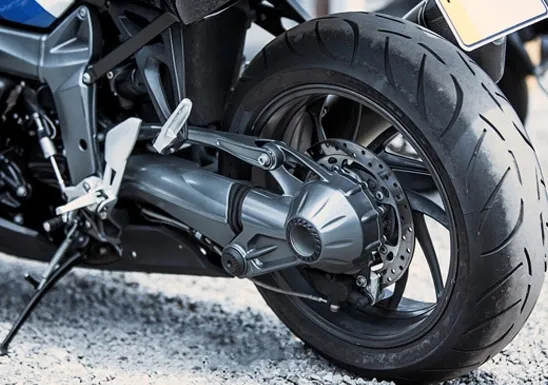1 月 . 07, 2025 10:09 Back to list
Oil Seal Solutions Proven Expertise and Trust
Oil seals play a quintessential role in a myriad of machinery applications, offering an essential line of defense against leaks and contamination. These mechanical components are specially designed to fit around a rotating shaft, preventing oil from escaping and dirt or moisture from infiltrating systems. Inadequate sealing can lead to catastrophic equipment failure, making the selection of a reliable oil seal paramount.

With decades of experience in material sciences and industrial mechanics, experts highlight that the composition of the oil seal material is critical to its functionality and longevity. The most prevalent materials include nitrile rubber, Viton, silicone, and polytetrafluoroethylene (PTFE). Each material has distinct properties, tailored to specific operational environments. Nitrile rubber, for instance, offers an excellent balance of temperature and chemical resistance, ideal for automotive and general industrial use. In contrast, Viton serves high-temperature applications and environments exposed to aggressive chemicals, showcasing its versatility beyond regular confines.
From an engineering perspective, oil seal design significantly impacts equipment performance and maintenance cycles. The primary consideration is the lip design, which is essential in managing the seal's pressure and friction. A single-lip design is often sufficient for moderate applications, whereas a dual-lip structure is used to reinforce sealing in high-pressure situations or when dealing with abrasive contaminants. This nuanced engineering underscores the importance of matching seal design to application-specific demands, ensuring optimal performance and extended service life.

Furthermore, installation precision cannot be overstated. Improper installation is a leading cause of oil seal failure, even when the correct seal and material are chosen. Installation tooling, such as seal drivers and protective sleeves, should be used to avoid lip damage or distortion. Industry specialists recommend a thorough inspection of the shaft and bore before installation, ensuring they are clean, free from burrs, and appropriately lubricated. The slightest oversight during installation can compromise the seal integrity, resulting in leaks and potential equipment downtime.
The dynamics of oil seal performance are intimately connected to the operating environment. Temperature fluctuations, pressure variations, and exposure to chemicals necessitate a careful evaluation to tailor the seal choice to these variables. High-speed applications, such as those found in turbines or engines, require oil seals that can sustain extreme rotational speeds without losing structural integrity or efficacy. This adaptability ensures that the machinery operates efficiently, minimizing maintenance costs and extending operational longevity.
oil seal
Patent technology advancements in the field have led to the development of specialized oil seals, equipped with enhanced features like hydrodynamic aids and spring-loaded lips. These innovations extend beyond conventional designs, improving sealing capacity under dynamic conditions. Hydrodynamic aids, for instance, utilize fluid dynamics to direct oil back to the lubricated side, reducing wear and prolonging seal life.
For professionals in industries reliant on machinery and automotive capabilities, choosing the right oil seal involves a combination of expertise and experience. Manufacturers often provide detailed guidelines and consultation services, leveraging their authoritative knowledge to assist industries in making informed decisions. This collaboration ensures not only the procurement of suitable parts but also fosters a partnership aimed at enhancing productivity and reliability.
Trust becomes a significant factor as well, especially when considering the potential financial and operational repercussions of oil seal failure. Choosing products from reputable manufacturers who have a proven track record not only aligns with industry standards but also delivers peace of mind to operators. Certifications and adherence to international quality standards are additional indicators of a manufacturer's credibility and commitment to excellence.
In conclusion, the selection and application of oil seals transcend simple procurement; it embodies an informed decision-making process grounded in engineering expertise and operational experience. By prioritizing quality and reliability, industries can secure the efficiency and durability of their machinery, underscoring the indispensable role oil seals play in modern mechanical systems.
-
The Power of Advanced Sealing: High-Pressure Solutions for Modern Machinery
NewsOct.29,2024
-
Optimizing Machinery with High-Performance Oil Seals
NewsOct.29,2024
-
Maximizing Machinery Efficiency with Advanced Oil Seals
NewsOct.29,2024
-
Ensuring Equipment Longevity with Quality Oil Seals
NewsOct.29,2024
-
Enhance Equipment Performance with Quality Oil Seals
NewsOct.29,2024
-
Custom Oil Seals for Specialized Machinery Needs
NewsOct.29,2024
-
The Role of Wiper Seals in Dust Sealing and Oil Protection
NewsOct.20,2024
Products categories
















